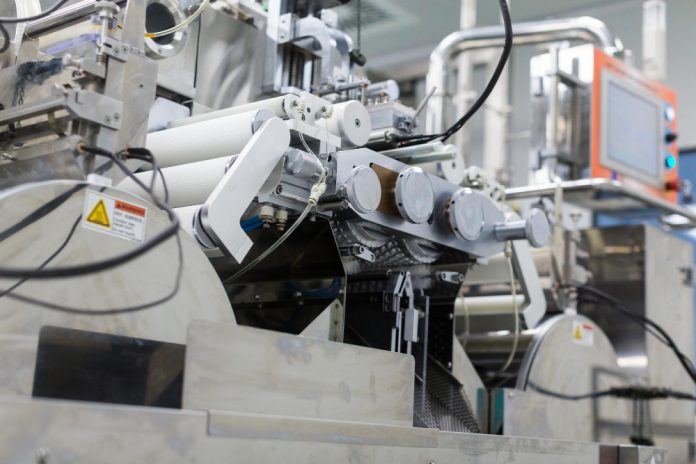
Extrusion is an essential manufacturing process that consists in forcing materials through dies to create objects with consistent cross-sections: it is extremely useful and versatile, a process fundamental to many sectors. However, the manufacturing industry has long been at the center of environmental concerns, urging this sector to seek out new sustainable practices.
Luckily, through thoughtful implementation of sustainable strategies, extrusion companies can reduce their environmental footprint while maintaining production efficiency. This article explores 3 key sustainability approaches in extrusion operations that make a great difference.
1. Recycling through Extrusion
Recycling has become a cornerstone of sustainable extrusion practices. Many manufacturers now incorporate post-industrial and post-consumer waste back into their production cycles. The process typically begins with sorting and cleaning the waste materials before grinding them into uniform particles. These recycled materials then enter the extrusion system, where they’re melted and formed into new products.
The technology continues to evolve, with innovations in filtration systems allowing for higher percentages of recycled content. Some companies also developed extruders specifically designed for recycling, which means that these machines include special features to deal with recycled plastics like PVC and Polyolefins such as HDPE, LDPE and PP.
Some manufacturers have gone further by developing closed-loop systems where production scrap never leaves the facility, instead being immediately reprocessed on-site. This approach not only reduces waste but also cuts transportation emissions associated with sending materials to external recycling facilities.
2. Trade-in Extruder Campaigns
Upgrading extrusion equipment is a key step toward greater sustainability. Older machines tend to consume more energy and generate higher levels of material waste, whereas modern extruders are designed for efficiency, with some models reducing power consumption by up to 30%.
Beyond energy savings, new-generation extruders also optimize material usage by minimizing waste during startup and transition phases. Advanced temperature control systems, improved barrel insulation, and precision-driven motors contribute to a more sustainable production process.
By integrating the latest extrusion technology, manufacturers can significantly lower their environmental impact while maintaining high-quality output and competitive production rates. To explore innovative solutions in extrusion, find out more.
3. Energy Conservation Production
Energy consumption represents both a significant cost and environmental impact in extrusion operations. Forward-thinking manufacturers have implemented various strategies to reduce energy use while maintaining production rates.
Variable frequency drives now allow extruders to operate at optimal speeds rather than constantly running at full capacity. Also, improved barrel insulation reduces heat loss, while advanced heating elements provide more precise temperature control. Some facilities have even installed heat recovery systems that capture waste heat from the extrusion process to warm buildings or preheat materials.
Paired with regular preventive maintenance and regular calibration, machines can work without any extra energy required, since they do not need to compensate hardware problems. Saving a lot of energy throughout the process.













